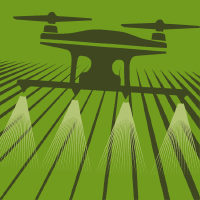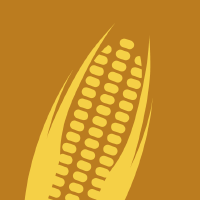Topic Editors




Emerging Agricultural Engineering Sciences, Technologies, and Applications—2nd Edition

Topic Information
Dear Colleagues,
Modern agricultural engineering technologies and applications are directly linked with the 2030 United Nations’ Sustainable Development Goals (UN-SDGs). Technological advancement is essential to next-generation agriculture in order to ensure food security, poverty alleviation, and sustainability. Worldwide, it is directly associated with farm mechanization; automation and robotics; intelligent agriculture; high-efficiency irrigation systems; indoor farming and soilless agriculture; precision/conservation agriculture; farm energy systems; post-harvest storage/processing and value addition; tillage and cultivation; spraying and harvesting machinery; livestock and poultry sheds; safe utilization of coal and bioenergy; remote sensing and geographical studies; wastewater management; societal aspects in agriculture; and the associated bioenvironment. Consequently, this topic aims to explore the interdisciplinary nature of research on such agricultural engineering sciences, technologies, and applications from the viewpoint of the agricultural water–energy–food-security nexus. Increasing agriculture modernization mitigates conventional energy reserves, which also escalates greenhouse-gas emissions and climate change. Carbon-neutral development and clean-energy utilization are also associated with the UN-SDGs. Thus, it is important to develop energy-efficient and environmentally friendly solutions to ensure the agriculture sector achieves the UN-SDGs.
This topic invites a wide range of emerging concepts on agricultural engineering technologies and applications by which sustainable agriculture and associated UN-SDGs can be ensured. We look forward to receiving cutting-edge original research, review, case studies, and/or recent progress/scenarios.
Dr. Muhammad Sultan
Dr. Yuguang Zhou
Dr. Redmond R. Shamshiri
Dr. Muhammad Imran
Topic Editors
Keywords
- biomass, bioenergy, and clean fuel
- farm mechanization and robotics
- food science and processing
- high-efficiency irrigation systems
- hydroponic and aeroponic agriculture
- irrigation systems and applications
- modern control sheds and livestock barns
- next-generation greenhouses
- precision farming and food security
- renewable energy for agriculture
- smart and sustainable agriculture
- solar dryers and solar pumping
- sustainable bioenvironment
- temperature/humidity control in agriculture
- water and wastewater treatment
Participating Journals
| Journal Name | Impact Factor | CiteScore | Launched Year | First Decision (median) | APC | |
|---|---|---|---|---|---|---|

Agriculture
|
3.6 | 3.6 | 2011 | 17.7 Days | CHF 2600 | Submit |

AgriEngineering
|
2.8 | 4.6 | 2019 | 25.8 Days | CHF 1600 | Submit |

Sustainability
|
3.9 | 5.8 | 2009 | 18.8 Days | CHF 2400 | Submit |

Agronomy
|
3.7 | 5.2 | 2011 | 15.8 Days | CHF 2600 | Submit |

Crops
|
- | - | 2021 | 30.5 Days | CHF 1000 | Submit |

MDPI Topics is cooperating with Preprints.org and has built a direct connection between MDPI journals and Preprints.org. Authors are encouraged to enjoy the benefits by posting a preprint at Preprints.org prior to publication:
- Immediately share your ideas ahead of publication and establish your research priority;
- Protect your idea from being stolen with this time-stamped preprint article;
- Enhance the exposure and impact of your research;
- Receive feedback from your peers in advance;
- Have it indexed in Web of Science (Preprint Citation Index), Google Scholar, Crossref, SHARE, PrePubMed, Scilit and Europe PMC.

